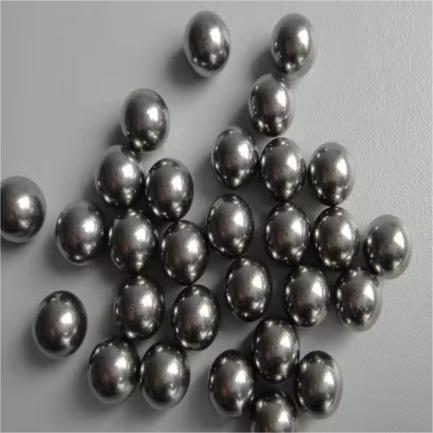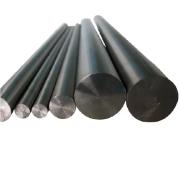**The Mystery of the Squishy Strip: What’s That Plastic Doing Under Your Guitar’s Neck Plate?**
(Why Do Some Guitars Have A Plastic Gasket Under The Metal Neck Plate?)
You’re tightening the screws on your guitar’s neck plate. Maybe you’re adjusting the action or just curious. Then you spot it—a thin plastic strip wedged between the shiny metal plate and the guitar body. It looks out of place, like finding a gummy bear in a toolbox. What’s the deal with this flimsy little layer? Is it a factory mistake? A secret tone hack? Let’s crack this case.
First off, that plastic thing isn’t a random add-on. It’s called a gasket or shim. Most times, it’s made of nylon or another soft material. Guitars don’t come with unnecessary parts—every piece has a job. So why stick plastic under metal? The answer isn’t magic, but it’s pretty smart.
Metal meets wood where the neck bolts to the body. Metal is hard. Wood is softer. When you screw a metal plate directly onto wood, things get tense. Over time, screws can dig into the wood, especially if you’re swapping necks or adjusting them a lot. The plastic acts like a buffer. Think of it as a tiny mattress. It spreads the pressure from the screws, so the wood doesn’t get dented or crushed. No one wants a guitar neck that wobbles because the wood’s chewed up.
There’s another reason. Metal plates can scratch the guitar’s finish. That plastic layer is like a protective sticker on a new phone. It keeps the metal from rubbing against the body’s paint or lacquer. Guitars get bumped, slid around, and sweat on. Without that strip, the metal might leave ugly marks or wear down the finish over time. Your guitar stays prettier, longer.
Some players wonder if the gasket affects sound. After all, guitars are built for vibrations. A plastic strip between metal and wood—does that mute the tone or change resonance? The truth is, it’s minimal. The neck and body are still tightly connected by screws. The gasket’s too thin to mess with vibrations much. If it did, high-end guitars wouldn’t use them. It’s really about mechanics, not music.
Here’s a fun twist: not all guitars have this. Older models or certain brands skip the plastic. Why? Sometimes it’s cost-cutting. Other times, the design uses thicker finish layers as a natural buffer. But if your guitar has one, it’s there for a reason. It’s like the unsung hero of guitar hardware—small, easily ignored, but quietly doing important work.
What if the gasket cracks or wears out? No panic. Replace it with a similar material. Hardware stores sell nylon washers that work fine. Just keep it thin. Too thick, and you might change the neck angle. That’s a whole other problem. Stick to the original thickness, and your guitar won’t know the difference.
(Why Do Some Guitars Have A Plastic Gasket Under The Metal Neck Plate?)
Next time you see that plastic strip, give it a nod. It’s not a glitch. It’s a tiny engineer solving big problems: protecting wood, saving finishes, and keeping your guitar’s neck rock-solid. No flashy marketing, no mystic tone secrets—just smart, simple design. Sometimes the best solutions are the ones you don’t notice.
Inquiry us
if you want to want to know more, please feel free to contact us. (nanotrun@yahoo.com)


